Few Words About Electric Drives
Almost all modern industrial and commercial undertakings employ electric drive in preference to mechanical drive because it possesses the following advantages :
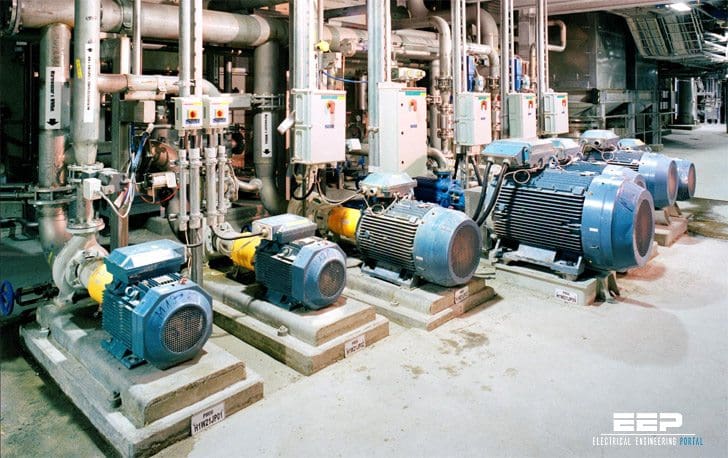
- It is simple in construction and has less maintenance cost
- Its speed control is easy and smooth
- It is neat, clean and free from any smoke or flue gases
- It can be installed at any desired convenient place thus affording more flexibility in the layout
- It can be remotely controlled
- Being compact, it requires less space
- It can be started immediately without any loss of time
- It has comparatively longer life.
However, electric drive system has two inherent disadvantages :
- It comes to stop as soon as there is failure of electric supply and
- It cannot be used at far off places which are not served by electric supply.
However, the above two disadvantages can be overcome by installing diesel-driven DC generators and turbine-driven 3-phase alternators which can be used either in the absence of or on the failure of normal electric supply.
Motor types for industrial electric drives
Ok, let’s take a short overview of twelve most basic motor types used for different industrial electric drives:
- DC Series Motor
- DC Shunt Motor
- Cumulative Compound Motor
- Three phase Synchronous Motor
- Squirrel Cage Induction Motor
- Double Squirrel Cage Motor
- Slip ring Induction Motor
- Single phase Synchronous Motor
- Single phase Series Motor
- Repulsion Motor
- Capacitor start Induction run Motor
- Capacitor start and run Motor
1. DC Series Motor
Since it has high starting torque and variable speed, it is used for heavy duty applications such as electric locomotives, steel rolling mills, hoists, lifts and cranes.
2. DC Shunt Motor
It has medium starting torque and a nearly constant speed.
DC shunt motor is used for driving constant speed line shafts, lathes, vacuum cleaners, wood-working machines, laundry washing machines, elevators, conveyors, grinders and small printing presses etc.
3. Cumulative Compound Motor
Cumulative compound motor is a varying speed motor with high starting torque and is used for driving compressors, variable head centifugal pumps, rotary presses, circular saws, shearing machines, elevators and continuous conveyors etc.
4. Three-phase Synchronous Motor
Because its speed remains constant under varying loads, 3-phase synchronous motor is used for driving continuously operating equipment at constant speed such as ammonia and air compressors, motor generator sets, continuous rolling mills, paper and cement industries.
5. Squirrel Cage Induction Motor
This motor is quite simple but rugged and possesses high overload capacity. It has a nearly constant speed and poor starting torque.
Squirrel cage induction motor is used for low and medium power drives where speed control is not required as for water pumps, tube wells, lathes, drills, grinders, polishers, wood planers, fans, blowers, laundary washing machines and compressors etc.
6. Double Squirrel Cage Motor
It has high starting torque, large overload capacity and a nearly constant speed.
Double squirrel cage motor is used for driving loads which require high starting torque such as compressor pumps, reciprocating pumps, large refrigerators, crushers, boring mills, textile machinery, cranes, punches and lathes etc.
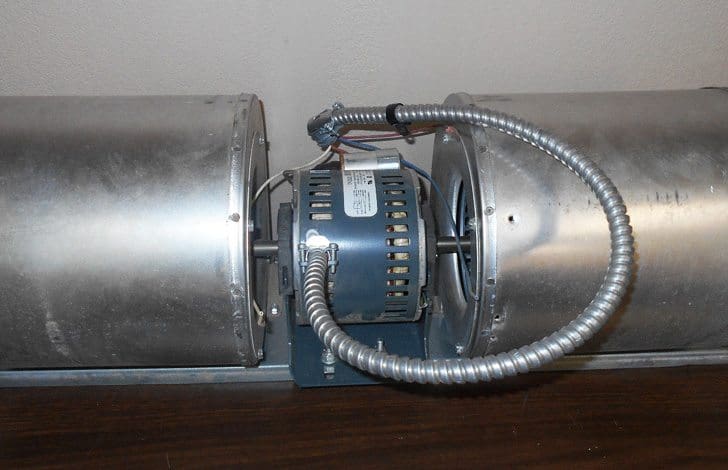

7. Slip Ring Induction Motor
It has high starting torque and large overload capacity. The speed of slip ring induction motor can be changed up to 50% of its normal speed.
Slip ring induction motor is used for those industrial drives which require high starting torque and speed control such as lifts, pumps, winding machines, printing presses, line shafts, elevators and compressors etc.
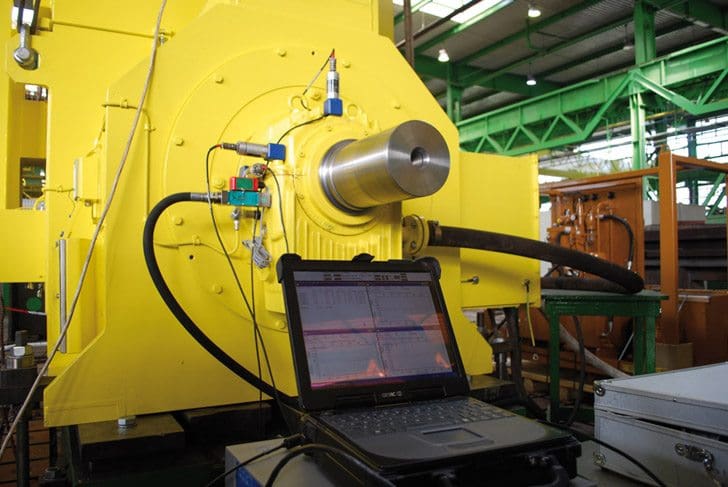

8. Single Phase Synchronous Motor
Because of its constant speed, single phase synchronous motor is used in teleprinters, clocks, all kinds of timing devices, recording instruments, sound recording and reproducing systems.
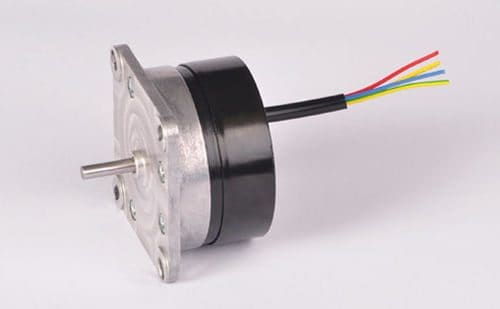

9. Single Phase Series Motor
It possesses high starting torque and its speed can be controlled over a wide range. Single phase series motor is generally used for driving small domestic appliances like refrigerators and vacuum cleaners etc.
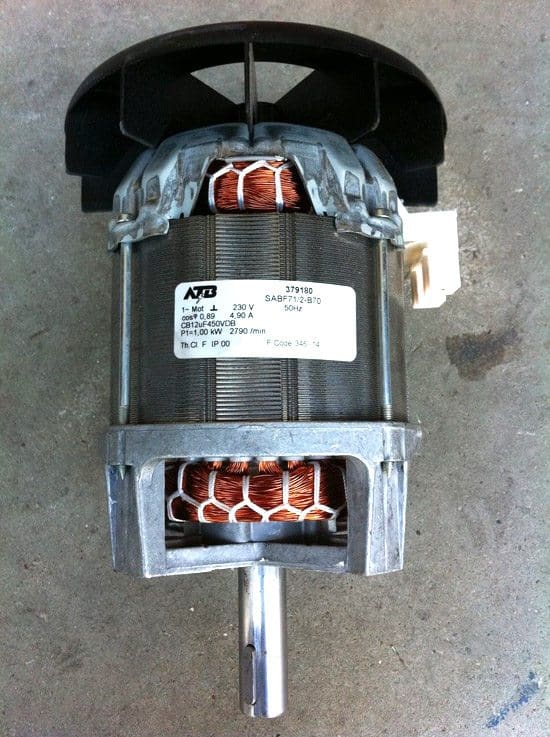

10. Repulsion Motor
It has high starting torque and is capable of wide speed control.
Moreover, it has high speed at high loads. Repulsion motor is commonly used for drives which require large starting torque and adjustable but constant speed as in coil winding machines.
11. Capacitor Start Induction Run Motor
It has fairly constant speed and moderately high starting torque. Speed control is not possible. Capacitor-start induction-run motor is generally used for compressors, refrigerators and small portable hoists.
12. Capacitor Start And Run Motor
Its operating characteristics are similar to the above motor except that it has better power factor and higher efficiency. Hence, capacitor-start-and-run motors are commonly used for drives requiring quiet operations.
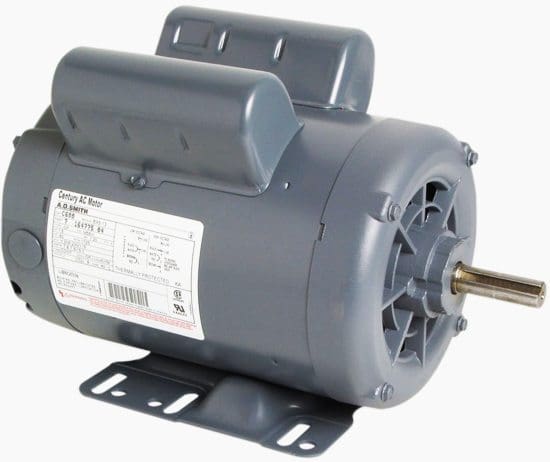

Reference // ASHRAE Handbook: Heating, Ventilating and Air-Conditioning Systems 2004



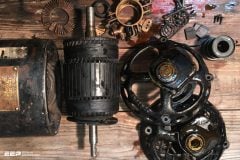







Good
Thankful for information
always best u r superb
thank you sir
this so help full
if there is a group in whatsapp in this domain?
This is really informative, and handy when you need to choose a type of electric drive.
It would also be really handy to give a rough price comparison of different power options, as the most cost-effective motor that delivers the drive solution is generally sought.
eg; generally an SCI motor is used for small appliances, like say, a bench saw. These motors are cheap to produce, but are heavy and not all that efficient.
A slightly more efficient motor would be a CS (Cap Start) motor, and an even better option would be a CSCR (Cap Start, Cap Run) motor, which also has a higher start torque. This option may come at a price premium though, so may not be the most appropriate.
So for portable equipment, a series shunt motor would be used, because it’s power to weight ratio is much better.
It’s very helpful for me, nice explanation, thanks for this article.
Thanks
Excellent article
Thanks, Edvard
Awesome… This is really a helpful aid in the writing of my project. Thanks a lot Sir.
Excellent subject
It’s very informative
It is not covering brushless d.c motors,permanent magnet d.c motors,a c servo-motors,stepper motors etc
very informative to all technical practitioners, like engineers an technicians.
This article is really very helpful and a reminder of Basics (those we forget with time and work area in the different areas).Thanks a lot
Realy Good Information.
Good
Really good! It’s providing all the important articles for electrical students
GOOD CONTENT . BUT CAN YOU TELL ME SOMETHING MORE ABOUT SYCNRONOUS MOTOR?
Good information sir
Good explanation,I have got more than my expectation, your way of explanation (videos) is very good.
Good information
PLEASE PROVIDE THE DETAILS IN PDF FORM
Great info. There are many differences between these motor types and you really need to dig into the matter to know which one is right for you.
Nice article
Nice information.
Great article